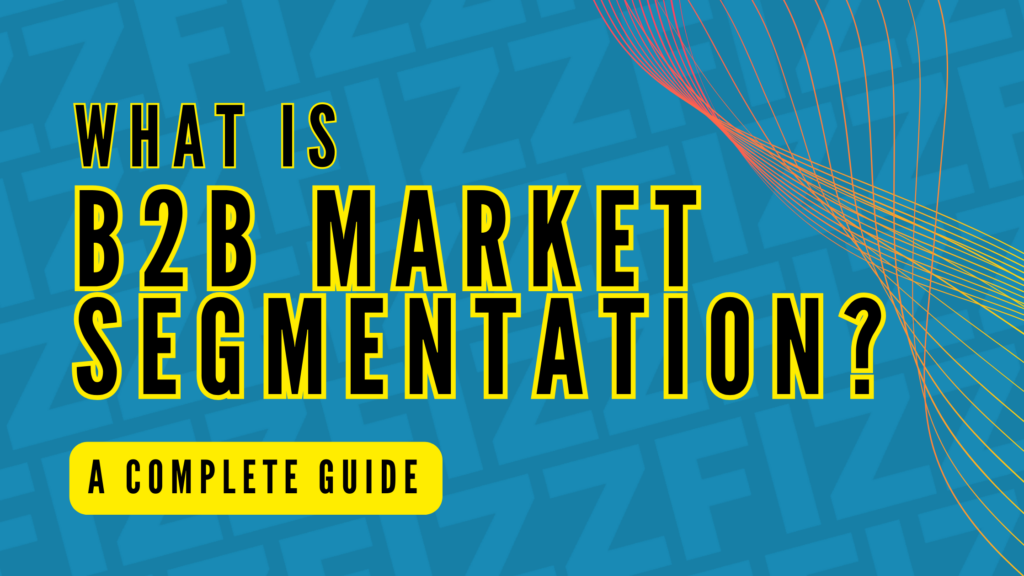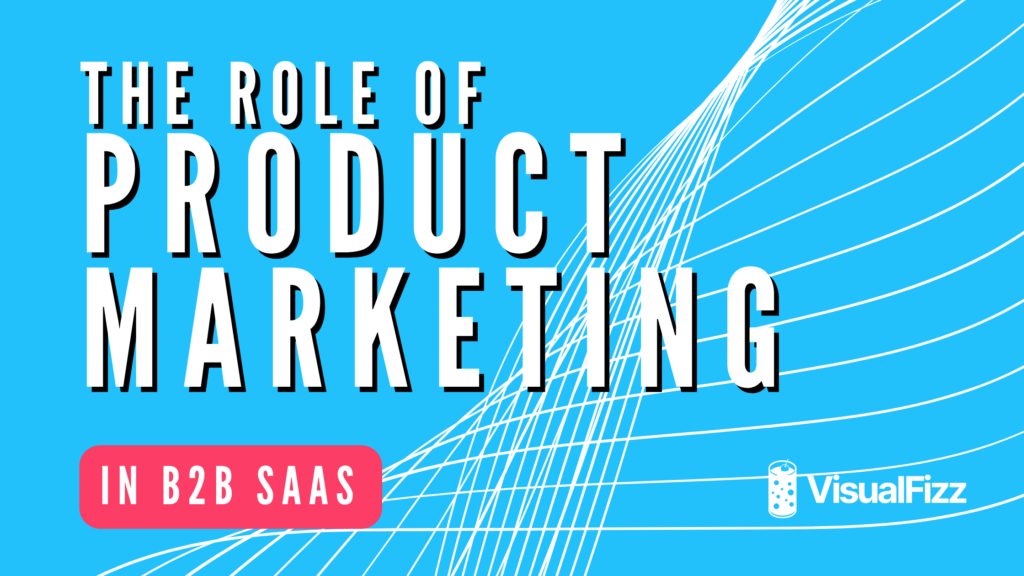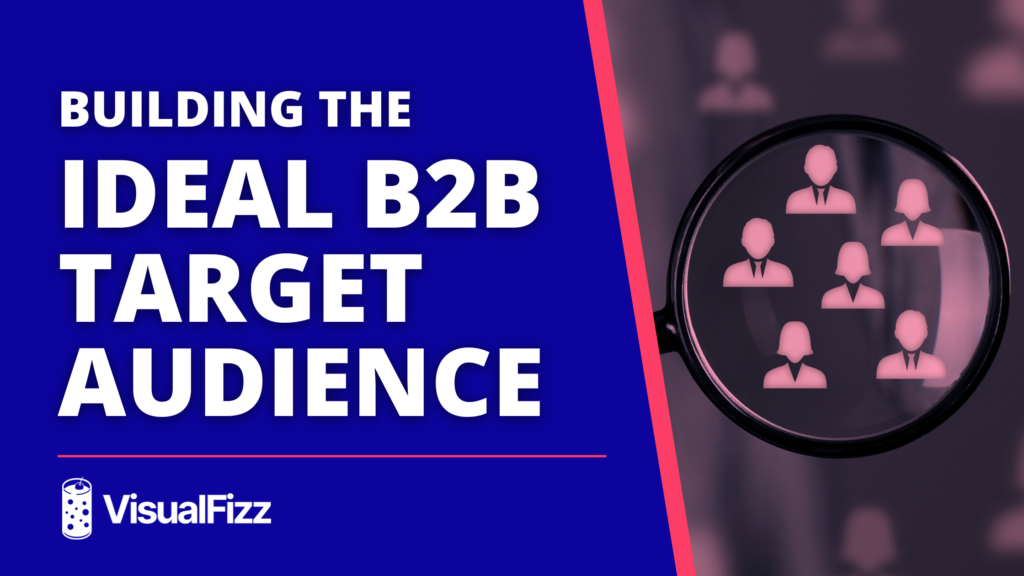
In B2B marketing, precision is everything. As the buying landscape grows more complex, with decision-makers taking longer to commit and relying heavily on digital research, reaching the right audience with the right message has become more challenging—and more essential. B2B market segmentation offers a powerful solution by dividing a broad market into defined groups based on shared characteristics, enabling companies to deliver highly targeted, relevant content that resonates deeply with each segment.
As mentioned on Forbes, Forrester’s recent marketing survey reveals a significant shift in B2B buying behavior:
75% of B2B marketers report that buyers are taking longer to commit to purchases compared to the previous year, up from 67% a year earlier. This trend is driven by an increase in anonymous digital buying behavior, creating a new reality for B2B marketing leaders.
This guide outlines the foundations of B2B market segmentation, including its types and benefits. By understanding how to categorize your audience effectively, you’ll not only enhance resource efficiency and customer insights but also build stronger, more impactful connections that drive lasting growth.
TL;DR: What is B2B Market Segmentation?
B2B market segmentation divides potential customers into distinct groups, allowing for more precise targeting in marketing campaigns. As buying behaviors shift, with buyers taking longer to commit due to anonymous digital behaviors, segmentation helps marketers stay effective. Key segmentation types include:
- Firmographic Segmentation: Groups companies by industry, size, location, or revenue.
- Behavioral Segmentation: Based on how companies make purchases, including loyalty and decision-making patterns.
- Needs-Based Segmentation: Focuses on specific needs or pain points of different businesses.
- Technographic and Value-Based Segmentation: For tech-driven or high-value customer targeting.
What is Market Segmentation, and Why Does It Matter?
Market segmentation is the art and science of dividing your potential customers into distinct groups based on shared characteristics. It’s like sorting your Lego bricks by color and size—suddenly, building that epic structure becomes a whole lot easier.
In the B2B world, this means categorizing potential business customers into subgroups that tick similar boxes. These boxes could be industry type, company size, buying behaviors, specific pain points… you get the picture.
Here’s why this is a huge deal:
- Laser-Focused Targeting: By understanding specific segments, you can ensure your messaging feels personal, even if you’re blasting the same message to hundreds (or thousands) of people.
- Resource Efficiency: Instead of spreading your marketing budget thin trying to appeal to everyone, segmentation lets you allocate resources where they’ll have the biggest impact.
- Deep Customer Insights: Segmentation gives you insight into your customers’ needs, preferences, and pain points without having to ask them over and over again.
- Improved Customer Relationships: By addressing specific needs, you’re showing customers you understand them. This goes a long way in building strong, lasting relationships.
Types of B2B Market Segmentation
Here are a few distinct ways you can slice and dice your B2B market:
- Firmographic Segmentation: Focuses on basic characteristics, such as:
- Industry: What sector they’re in
- Company size: How many people they employ
- Location: Where they’re based
- Annual revenue: How much they’re raking in
- Behavioral Segmentation: Based on how companies act when purchasing. For example:
-
- How often they purchase
- How they make decisions
- How loyal they are to suppliers
- Needs-Based Segmentation: Groups businesses based on what they need or what problems they’re trying to solve.
- Technographic Segmentation: Looks at what tech companies are using. It’s especially helpful if you’re a SaaS company or if you’re selling anything related to technology.
- Value-Based Segmentation: Groups customers based on how much they’re worth to your business. Which customers will really move the needle for you?
The key is to mix and match these types to create a strategy that works for your business. You don’t need to use every type, just the ones that help you understand and reach your ideal customers better.
Good segmentation can make your marketing more effective and help you connect with the right businesses. So, take some time to figure out which of these types work best for you. Your bottom line will thank you!
How to Segment Markets for Your Business
Segmenting your B2B market isn’t rocket science, but it does require a strategic approach.
Here’s a step-by-step guide to help you nail your market segmentation:
- Define Your Objectives: Start by asking yourself what you want to achieve. Are you looking to boost sales, launch a new product, or improve customer retention? Your goals will guide your segmentation strategy.
- Gather and Analyze Data: Collect relevant data about your current and potential customers. This could include firmographic data, purchase history, and customer feedback. Use Google Analytics and any other tools at your disposal. Make sure to take note of any patterns or trends you spot.
- Identify Potential Segments: Based on your data analysis, start grouping customers with similar characteristics. Look for commonalities in industry, company size, buying behavior, or specific needs.
- Evaluate Segment Viability: Not all segments are created equal. Assess each potential segment based on:
-
- Size: Is it large enough to be profitable?
- Accessibility: Can you effectively reach and serve this segment?
- Distinctiveness: Is it different enough from other segments to warrant separate targeting?
- Stability: Will this segment exist long enough to justify marketing efforts?
- Develop Segment Profiles: Create detailed ideal customer profiles (ICPs) for each viable segment. Include key characteristics, pain points, and buying behaviors. This will help you tailor your marketing efforts.
- Automate Wherever Possible: Segmentation can be resource-intensive unless you have a solid marketing automation (MA) strategy in place. If you don’t already have the right MA tool, consider investing in one that can personalize campaigns at scale.
- Test and Refine: Implement your segmentation strategy on a small scale first. Monitor results and be prepared to shift things around if you’re not seeing the results you want.
With a solid segmentation strategy, you’ll be well-positioned to deliver the right message to the right businesses, at the right time!
Examples of Successful B2B Market Segmentation
Curious to know what this looks like in action? Here are two real-world market segmentation success stories to take notes on:
Marathon Health’s Targeted Expansion Strategy
Marathon Health, a nationwide healthcare network, implemented an innovative segmentation strategy to drive growth and improve targeting.
Key aspects of their approach included:
- Using AI-based segmentation tools (on the 6sense platform)
- Adopting an omnichannel approach to monitor engagement at the city level
- Implementing Salesforce integrations for better data management
- Creating targeted ads, direct mail, and AI-driven email journeys customized for specific buyer personas and markets
Results:
- Generated $66M in net-new pipeline
- Achieved 211% in-market buying growth since July 2021
- Increased average email open rates by 55% for health companies
- Sent over 22,000 emails with a 38% open rate, resulting in $4.5M in net-new pipeline within two months
Stanley Black & Decker: Leveraging Pardot for Customer-Centric B2B Marketing
Stanley Black & Decker implemented Pardot by Salesforce, which provided a 360-degree view of sales, marketing, and customer services.
This move allowed the company to:
- Collect information about end users throughout the purchasing cycle
- Generate personalized landing pages to accelerate the buying process
- Present targeted messages to create demand at every stage
- Give the sales team visibility into customer behavior
- Segment and filter data for individualized targeting
The implementation of Pardot yielded significant results:
- Market share increase
- 30% reduction in the industrial storage sales cycle length within the first year
- Additional 25% reduction in the second year
- Improved follow-up by identifying 34% of qualified leads in their database
These case studies demonstrate how B2B companies can leverage advanced segmentation techniques and comprehensive attribution models to drive growth.
Start Segmenting Your B2B Audience to Improve Marketing Outcomes
Let’s face it—the B2B landscape is crowded these days.
However, market segmentation makes it easier to stand out and truly connect with your audience. By dividing your audience into distinct groups based on shared characteristics, you can speak each group’s language and help them solve the specific problems they’re facing.
Don’t let valuable opportunities slip away. Contact VisualFizz today to learn how our expert team can help you develop and implement a market segmentation strategy.
Publishing Date:







